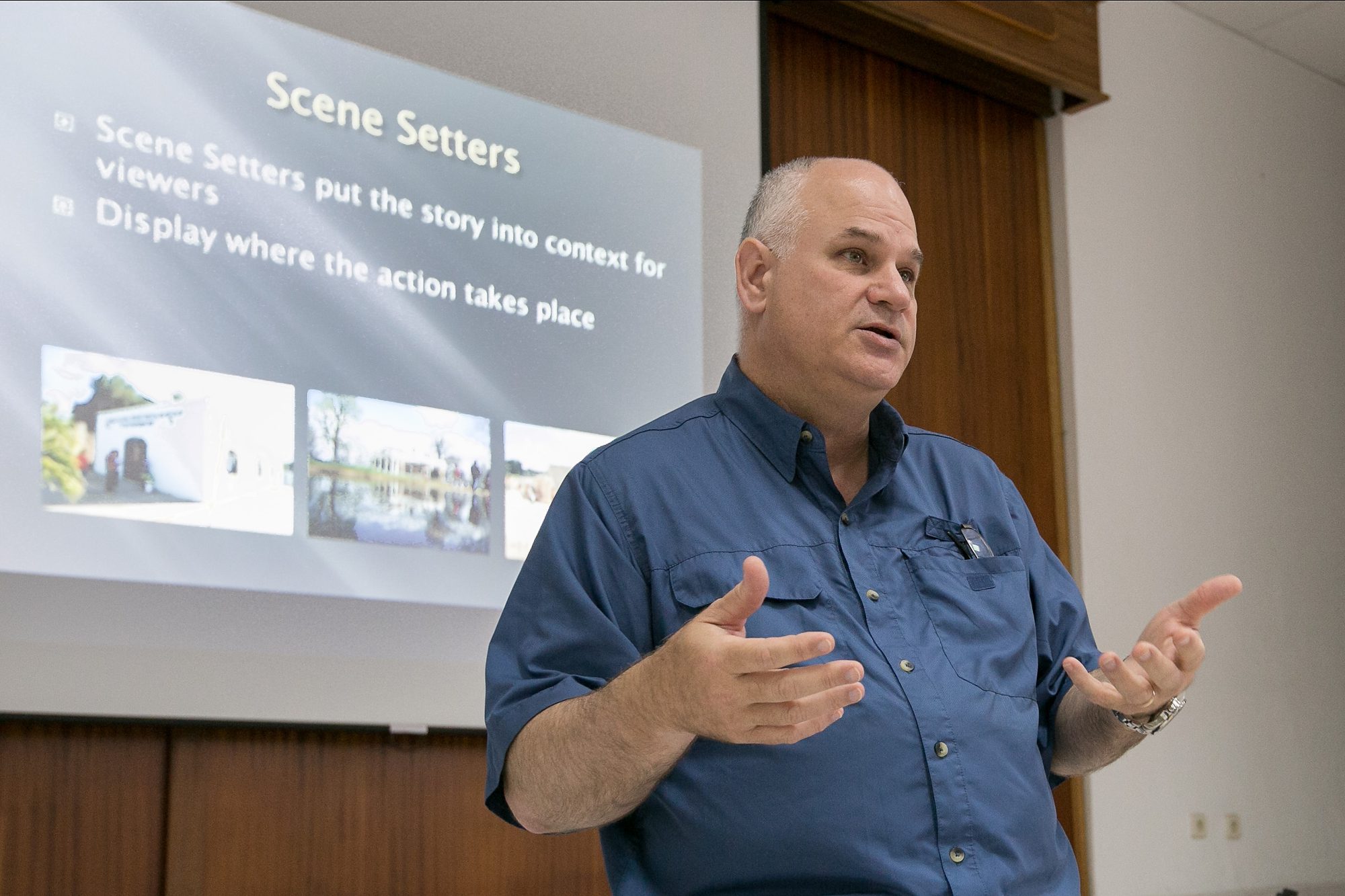Stanley taught in Lisbon, Portugal, during the first Storytellers Abroad Missions Multimedia Workshop with ABWE. [photo by: Jeff Raymond]
The learning-by-teaching effect has been demonstrated in many studies. Students who spend time teaching what they’ve learned show better understanding and knowledge retention than those who spend the same time re-studying.
Teaching helps bring to mind what we’ve previously studied, leading to the more profound and longer-lasting acquisition of that information than more time spent passively re-studying.
Researchers
Researchers say that the benefits of the learning-by-teaching strategy are attributable to retrieval practice; that is, the mighty learning-by-teaching strategy works but only when the teaching involves retrieving the taught materials. You need to internalize the to-be-presented material before communicating it to an audience, rather than rely on study notes during the presentation.
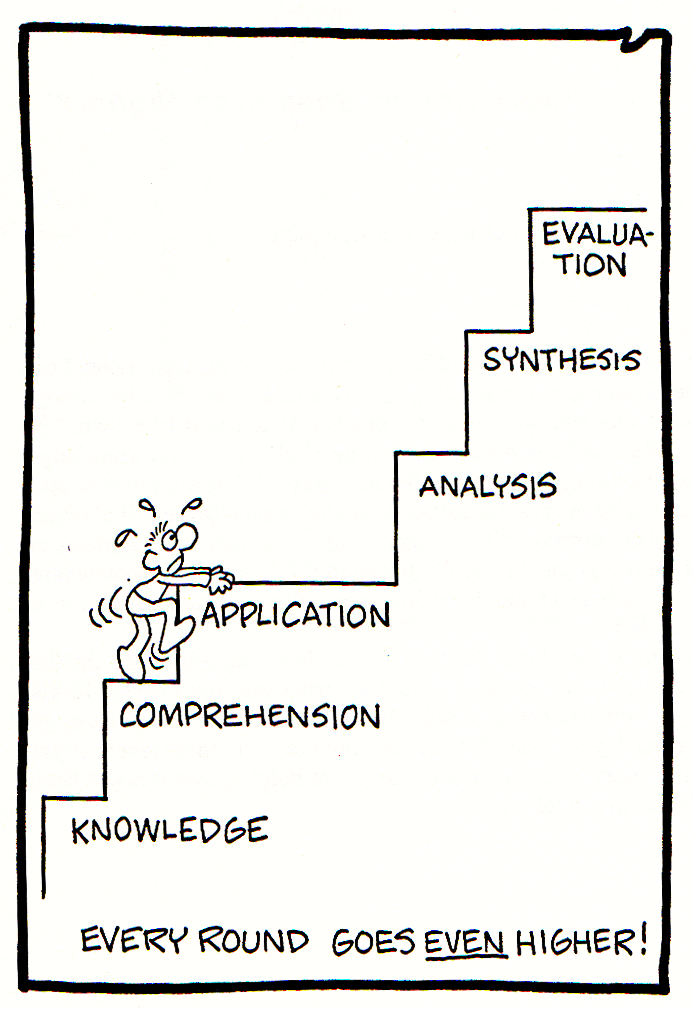
In past blog posts, I have talked about the stages of learning. This illustration of the stages would put teaching even above the evaluation step.
Good Teachers Know Their Students
In an interview, Duke Men’s Basketball Coach Mike Krzyzewski talked about the importance of knowing his players.

Coach K: If an athlete knows you believe in them, then when that kid goes through dark moments, they will know they are not alone. We all have those moments, and knowing that others are with you is essential. Our guys know they are never alone because we develop relationships and let them know we believe in them. “I believe in you.” You can say that with just those words, or you can say it in a huddle when you tell a guy, “We are going with you on this next play.” He might say, “I just missed one.” Then I might say, “This next shot is my shot or our shot. Maybe one of the reasons you are missing is because you are taking your shots. You are taking our shot this time, and don’t worry about it. I’m not worried about it.” You put that belief in their minds, so they don’t fear losing.
Individualization
Great teachers know there is no perfect way to teach a subject to everyone, but there is a better way to teach each student.
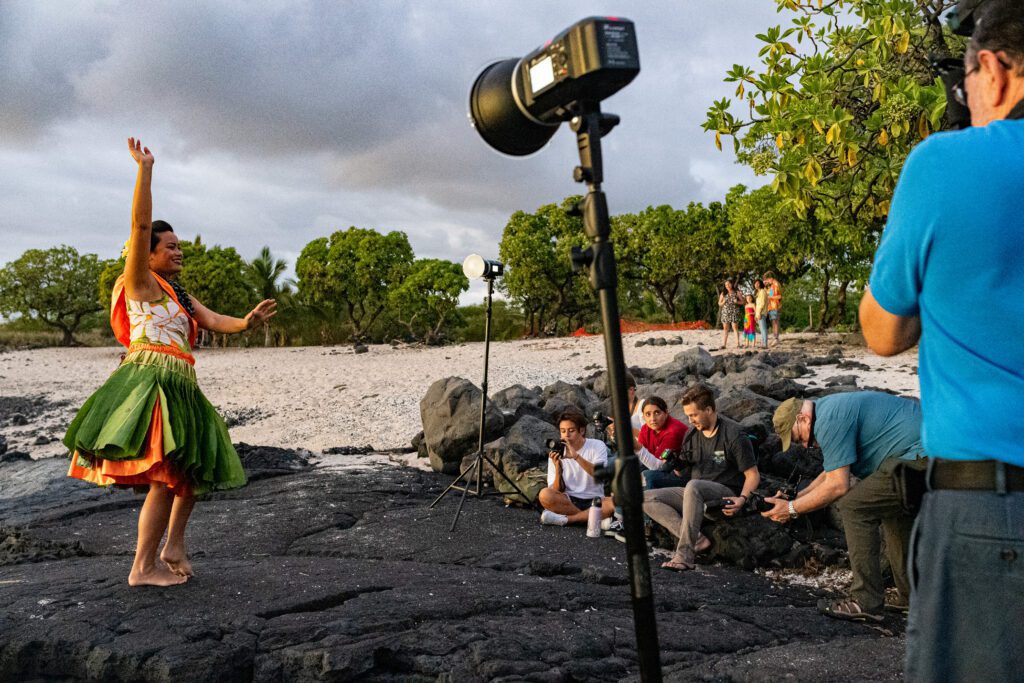
I first love showing students how I would shoot something like I am doing here in Hawaii.
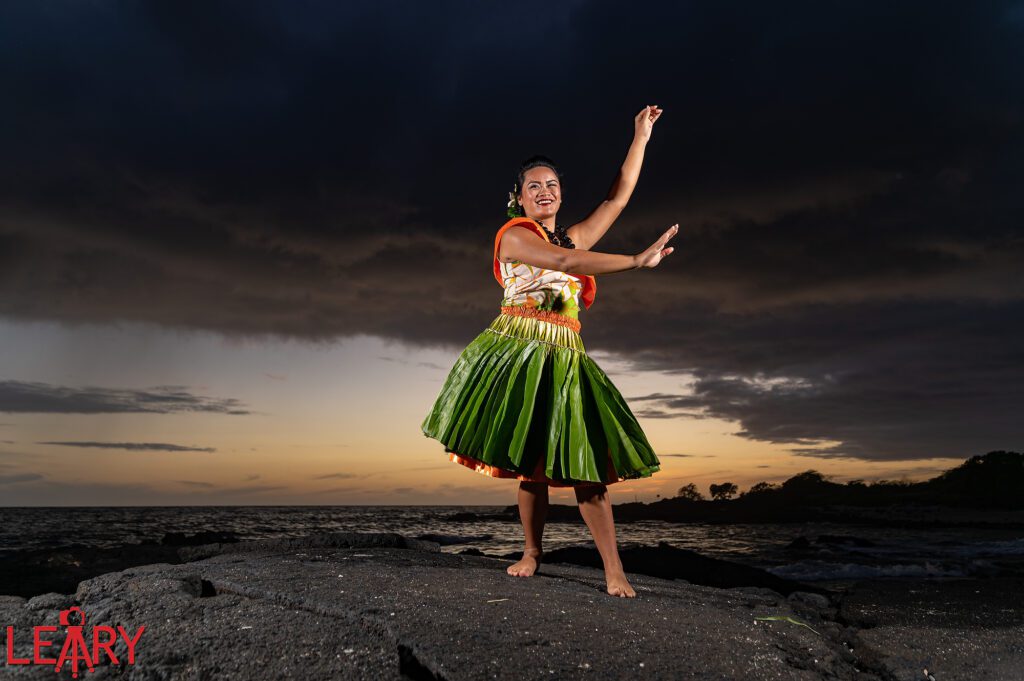
I quickly have them get hands-on experience working with the lights in the studio and learning how: to turn the lights on, make them sync with the camera, and then create different lighting schemes.
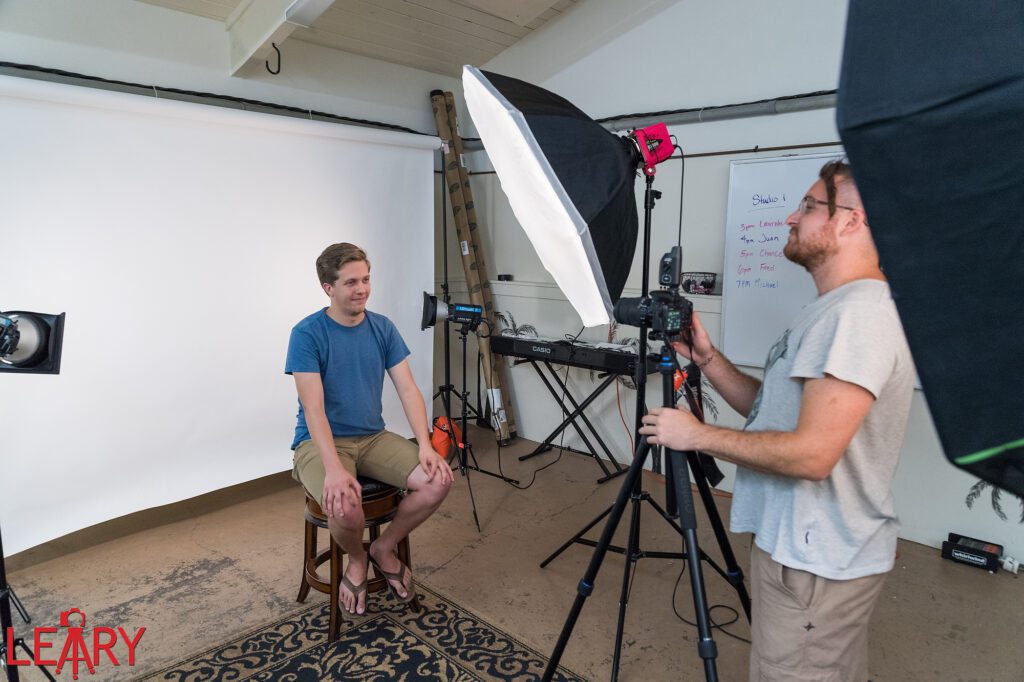
Time to absorb
However, the best learning happens when I leave the students alone in the studio to work on their assignments. They often work in teams. They need a model and a photographer and often use each other, creating the perfect setup for them to teach each other what they learned earlier. Someone doesn’t get a concept and asks their fellow student.
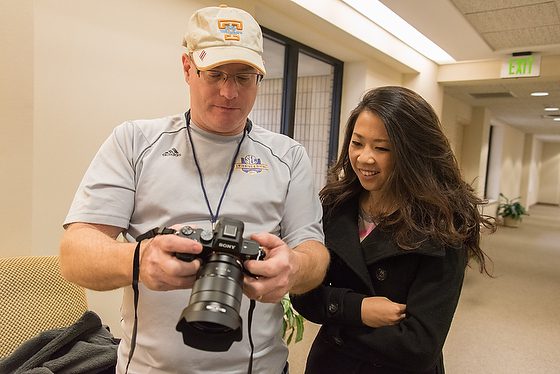
The first few times you teach someone, you explain the process and how you understand it. As you experience, your communication didn’t get through to the person; if you are smart, you will realize you were the problem, not the person. As my coach would say about a pass in basketball, it is usually the passer’s fault if the pass is missed.
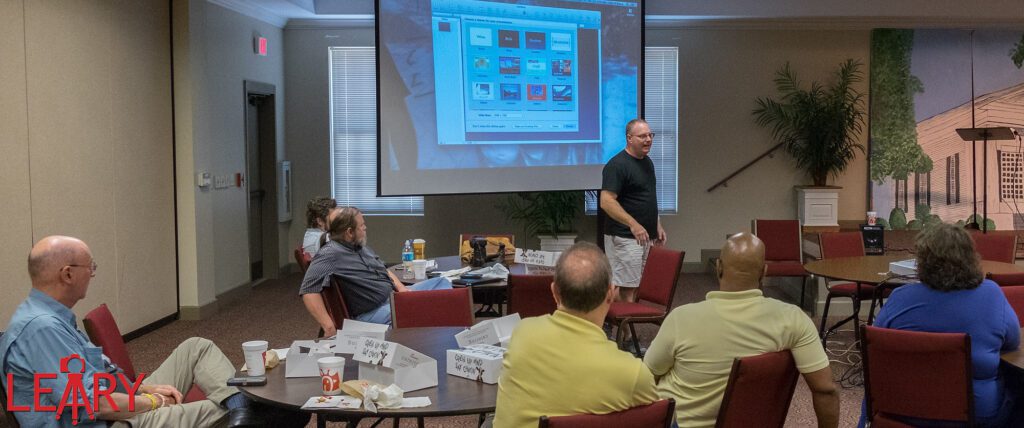
I love listening to other professionals in my field, leading workshops, and teaching seminars. At this point in my career, I am more interested in how they teach a subject than the subject itself. I already know how to do lighting and may pick up a tip or two, but I am learning more about how someone else teaches the subject.
Epiphany Moment with
File Storage vs Catalog
I have been working on creating photography databases for more than 25 years. I have to give presentations all the time, and recently, while I was still struggling with a better way to explain how to embed photos with text to make them searchable, I had an epiphany. Realizing there was an example I could use from our experiences that could help people visualize what is happening inside a computer catalog.

I thought of how we were taught to use a library. Now when you walk into a library, that is very similar to how you store your photos. You put them in folders and sometimes even subfolders. Then these folders of images are placed on hard drives.

Each photo is like a book on a shelf. If you are familiar with the library, you can go to the science section, fiction, or whatever you are interested in. The problem is when you don’t know where something would be in the library.
/https://public-media.si-cdn.com/filer/af/ac/afac33cd-f4c9-4258-bd83-ea79c5c0152e/42-73700646.jpg)
You could go to the card catalog in the library and look up a book by 1) Author, 2) Title, or 3) Subject and find books.
Most people store their images just like we put books on shelves. You need a catalog system if you don’t know where something is located.
Today with digital, you can find any photograph “IF” you have put text into the metadata. Suppose you have a book on the shelf with no pages and just a cover photo and no text. That is what you have in your files today without the text. Just put a title on that book. You can find that book or photo with just the title.
Metadata
But today, you can search a book’s text if you have it the same way with a photo. You have unlimited text space to bury inside a photo’s metadata.
This metaphor works excellent with those who were taught the library catalog system. They can now visualize that the catalog is separate from the books on the shelf.
So having all your photos on your computer doesn’t make them searchable. You not only need to put text into them, but ideally, you need a catalog software system not just to search but narrow those searches by helping you filter a result. Find all the sunset photos. Then you may check that for all the Summer time photos. You could narrow it to those just from the 1960s.
This analogy helped with my latest client.
“Thank you for your time today! It was extremely beneficial and you did such a great job explaining everything.”
Latest Client Testimonial

